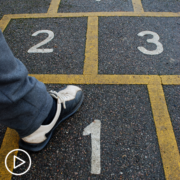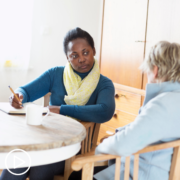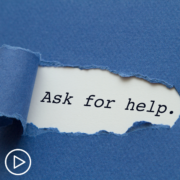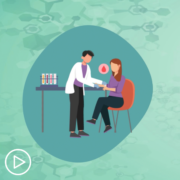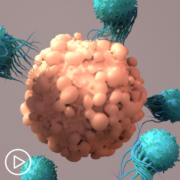What Are the Steps In the CAR T-Cell Therapy Process?
What Are the Steps In the CAR T-Cell Therapy Process? from Patient Empowerment Network on Vimeo.
CAR T-cell therapy is a multi-step procedure, but how does it work? Expert Dr. Shambavi Richard walks through each step in the process and explains tests commonly performed to monitor treatment results.
Dr. Shambavi Richard is Co-Lead Physician for the Myeloma CAR-T Programs at Mount Sinai Tisch Cancer Center. Learn more about Dr. Richard.
See More from The Care Partner Toolkit: CAR T-Cell Therapy
Related Resources:

|
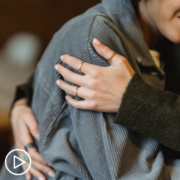
|
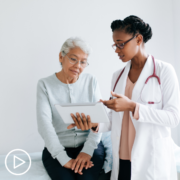
|
Transcript:
Katherine:
Yeah. Well, now that we understand a bit more about what it is, let’s walk through the process. When a patient goes through CAR T, what happens first?
Dr. Richard:
So, the first step is being referred to a CAR T physician. Right now, CAR T therapies can only be done in certain tertiary care institutions, not even all tertiary care institutions.
They have to have the ability to manage and process cellular therapies. So, that’s limited right there. So, patients have to be referred to centers, so actually do these CAR T kind of therapies. Once they meet with the myeloma physician who deals with CAR Ts as well, then the way it works in our institution is then we assess them for which is the best kind of CAR T product the patient may be eligible for. Are they eligible for clinical trials? Do they fit the profile for clinical trial? Are the patients willing for clinical trails? If not, are they candidates for one of the commercially approved products? As I said, there is specific criteria. Patients have to have had at least four lines of therapy to be able to receive a commercially approved CAR T product.
If that is the case, and once the process has been explained to the patient, they have to go through all the financials, the insurance approval. These are very expensive propositions. So, the insurance goes through all of the criteria to make sure that they will approve the product. Once the insurance approves, they also going through the institutional approval process to make sure that these are again being done for the right patient, and that they go through the institutional approval.
There are several patient specific characteristics. For instance, we want a patient who has the support structure to be able to support a therapy like this. They have to have a good performance status. They have to be relatively able to be able to handle these kinds of therapies. I went through all of those side effects that are possible. We look at their cardiac status. We look at the neurological status.
We look at the pace at which their disease is escalating because these are again advanced patients. So, if somebody is relapsing very quickly, they may not have the time to wait to get to a slot for the apheresis, and then to wait again for the manufacturing to happen. So, we look at all of that. We look at their kidney function. And then finally in terms of their psychosocial, do they have their caretakers, the support system? Where do they live? Are they able to access our center? Are they from out of state?
If so, how are we going to manage during those initial months until they’re able, stable enough to be discharged back to their referring physician? So, we look at several things, so we have multiple teams of people, social work, pharmacy who looks at all of these different – and explains the pharmaceutical aspects of all of this, our finance team, our coordinators who put all of this together. For the apheresis, we are involved with an apheresis team.
And then the cell therapy lab that processes the cells, the vascular team to put in the lines required for the apheresis. So, there are several, several groups. And then if we need to get a consultation from our expert cardiologist or neurooncologist, we need to have those teams involved as well.
Katherine:
How long does it take to know whether the treatment has been successful?
Dr. Richard:
So, we get a sense depending on what their blood markers look like, we can get a sense within the first month if the patient is actually responding to the treatment or not. I generally wait for the first three months to do a actual formal assessment with their bone marrow and their PET scans and everything else because right around then they’ve gone through the initial acute post CAR T period. And so, at the time of the bone marrow we assess what it looks like, we send for a test called MRD which is minimal residual disease to see where they’re at with that.
And PET scans to look at any areas of skeletal lesions or even extramedullary disease that they may have. So, I would say within the first month we get a sense, but by three months we do that first formal assessment.


